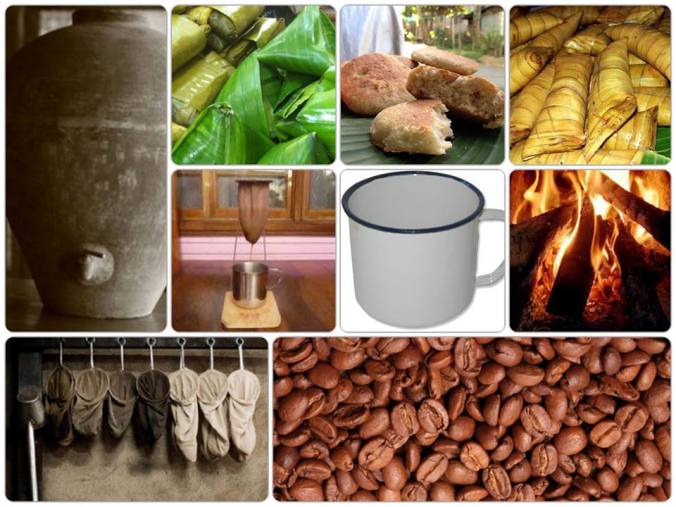Nostalgic Accounts Episode 1: When you start to experience episodes of extreme longing of the past, you know you’re getting old.
In this age of instant coffee maker, 3 in 1 coffee, electric kettle and microwave oven, you can afford to wake up 15 minutes before work and still avail of the 15-minute grace period. You can skip taking a bath and you bring your toothbrush to the office. A 0.5-inch butch cut demands no gel, clay doh, mousse whatsoever. Everything is in a hurry.
Twenty years back in my hometown, you needed to wake up at 5 in the morning to prepare – but that’s just a drop in the bucket. More than just preparing, getting up that early and that cold was more exciting because of this “Kapehan ni Lola Toto Pitong” (Granny Toto Pitong’s Coffee Shop). We had to walk about a hundred meters to go to Lola Toto’s big nipa hut coffee shop to take our pre-breakfast “painit“. It came from the word “init” or hot, so it probably means to warm up your stomach.
She started to entice everyone by powdering the coffee beans in a manual grinder, that aroma had never been more alerting and energizing. The coffee powder then made its way into an old sock with a galvanized iron handle which served as a filter while she boiled water in wood fire. Several sheets of corrugated GI (sin nga atop) or wooden boards (tabla or lawanit) were used to cover the fire against the blowing winds.
Everyone sat on long wooden chairs where you sat side by side and discussed the latest issues on the tabloid or any other day-to-day affairs over the really big and long wooden table. The table smelled organic with a lot of coffe stains on it and several small white ants (atitod), black ants (sulom) and the fast-paced orange ones (aliling).
I usually had to have my own world since the customers were usually dominated by the elderlies and I could not relate to their discourse. There I used to squat on the chair, sitting like a frog, protecting my feet against the coldness of the dawn by putting them inside my shirt while I played with the ants. Sometimes I also pulled my arms inside so my clothes usually turned loose.
When the water started to boil, it was then poured several times into the sock to brew the coffee powder, then transferred to an old shabby pottery jar (banga) to retain its temperature while Lola Toto started to serve her famous coffee.
Back in the days, we used enamel tin plates and mugs we called “sarten“, the same material the urinal pan (arinola) was made of. Its color was white, with dark blue or red lining on the edge. So, coffee was served in sarten, while others brought their own sarten. Its name was probably adopted from the antique frying pan made of the same material, because sarten is just the spanish term for frying pan.
She also served Puto – it was made of steamed glutinous rice (sticky rice) seasoned with salt, ginger and oil (and probably coconut milk or gata sa lubi), formed into triangles and wrapped in banana leaves. Just dip it in sugar on in your coffee before eating. Sometimes, other pairs for coffee were also available in the form of budbud and ibos (more likely the same with the puto, but some variances occured, like final form), salbaro (the flat circular bread with margarine, grated young coconut and coconut milk), and binuylos which came from the famous Latin American “buñuelos” (fried dough ball).
Life was slow, you got to savor each moment. Sometimes we brought our coffee and puto on the seashore to watch the sunrise, one thing we seldomly get to appreciate today.
